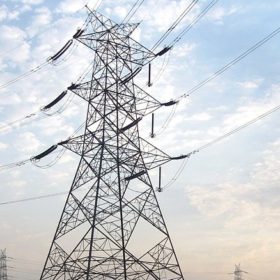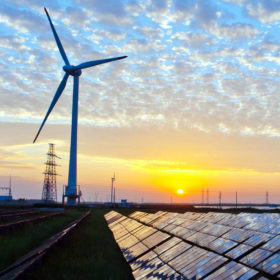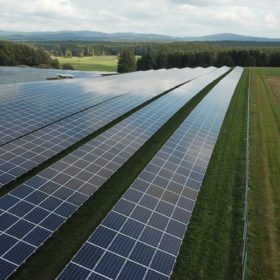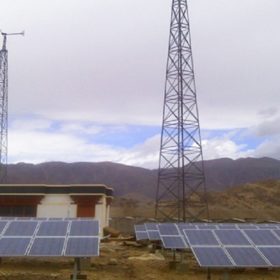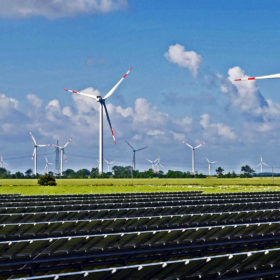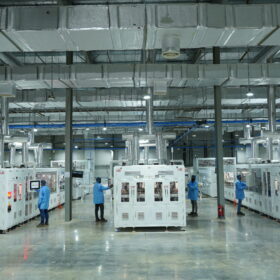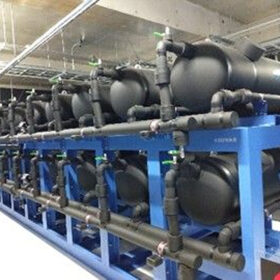ADB to provide $563-million loan to improve electricity supply in Uttar Pradesh, Meghalaya
Uttar Pradesh will get $430 million to upgrade distribution lines in rural areas and construct a parallel network of 11-kilovolt feeders spanning 17,000 km to separate electricity distribution between residential and agriculture consumers. The $132.8-million loan approved for Meghalaya will be used for the installation and upgradation of substations, distribution lines, etc.
Driving a just clean energy transition
Climate Policy Initiative and REConnect Energy have developed an innovative mechanism called Garuda to retire old, inefficient thermal plants with equivalent renewable capacity. The scheme proposes a blended tariff that would include the normal tariff for the new renewable energy plant plus the cost of decommissioning the old fossil fuel plant, while making the provision for green bonds to finance RE.
Evolving risks could dampen solar investment flow
Indian solar sector remained buoyant even amid Covid pandemic as 15.3 GW of solar capacity (including solar-wind hybrid) was sanctioned in the current year’s first half itself. However, returns expectations from equity investments rose from around 14% in the first half of 2019 to 16-17%, indicating heightened risk perceptions among investors.
Gujarat’s transformation in electricity sector
A TERI paper details how the state’s inefficient electric utility transformed into one of India’s most high-performing electricity distribution companies. The study provides a learning opportunity to other sector stakeholders from India and overseas.
Towards a distributed solar energy future
A study by Auroville Consulting assesses the techno-commercial impact of generating solar power close to the point of consumption. The study was undertaken on ten feeders of a substation in the Erode district of Tamil Nadu. The results indicated that 100% solar energy penetration, in energy terms, is not only possible but a winning proposition, especially for the distribution companies.
Reliable electricity access and customer satisfaction key to DISCOM performance, says study
A joint study by Smart Power India, an arm of US-based impact investor Rockefeller Foundation, and government thinktank NITI Aayog, evaluates the status of electricity access in India across different states and benchmarks distribution utilities’ capacity to provide electricity access. It also offers recommendations to help DISCOMs realize their full potential.
India still nowhere near energy sufficiency
The government is trying to harness renewables to increase domestic output but will need a more liberal energy market and to consider the structure of procurement auctions, cloying red tape and the financial travails of state utilities if it is to achieve its goals, says Rakshika Kaul of Amp Energy India.
Early coal plant retirement first hurdle in reducing discom debt
The Indian power distribution sector needs bold policy choices such as the closure of old, inefficient coal-based power plants to improve its financial viability. Early retirement of expensive coal power contracts will result in significant savings for the states as they can contract cleaner, cheaper renewable power.
MNRE puts call for ‘global supergrid’ proposals on hold
India’s Ministry of New and Renewable Energy had invited consulting proposals for its ambitious globally interconnected power grid plan called ‘one sun, one world, one grid’ (OSOWOG). The program—taken up with assistance from the World Bank— aims at seamless sharing of renewable energy resources among countries for mutual benefits and global sustainability.
Hybrid and RTC projects to boost India’s RE and energy storage market
The global hybrid energy market, including energy storage, is projected to touch $40 billion by 2025. It is an opportunity that India has capitalized upon, earlier than others.
